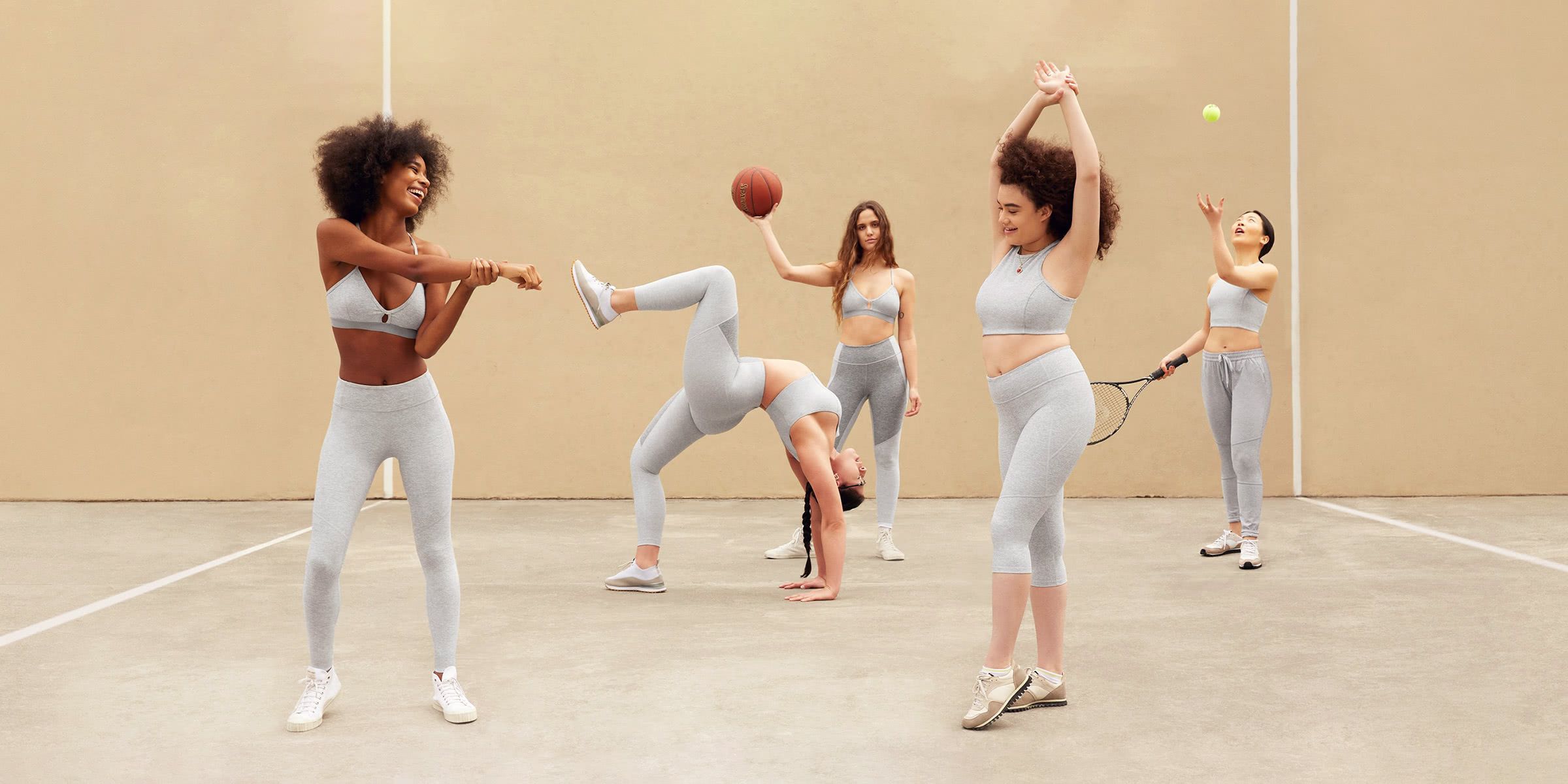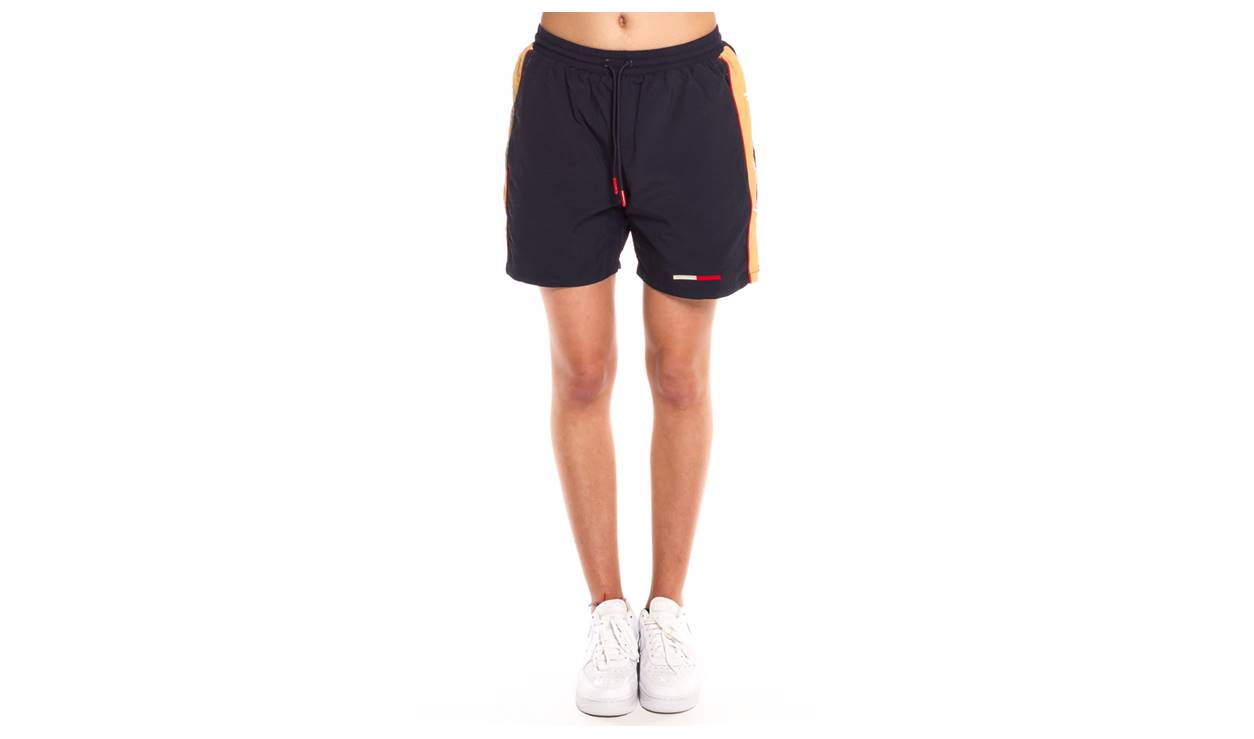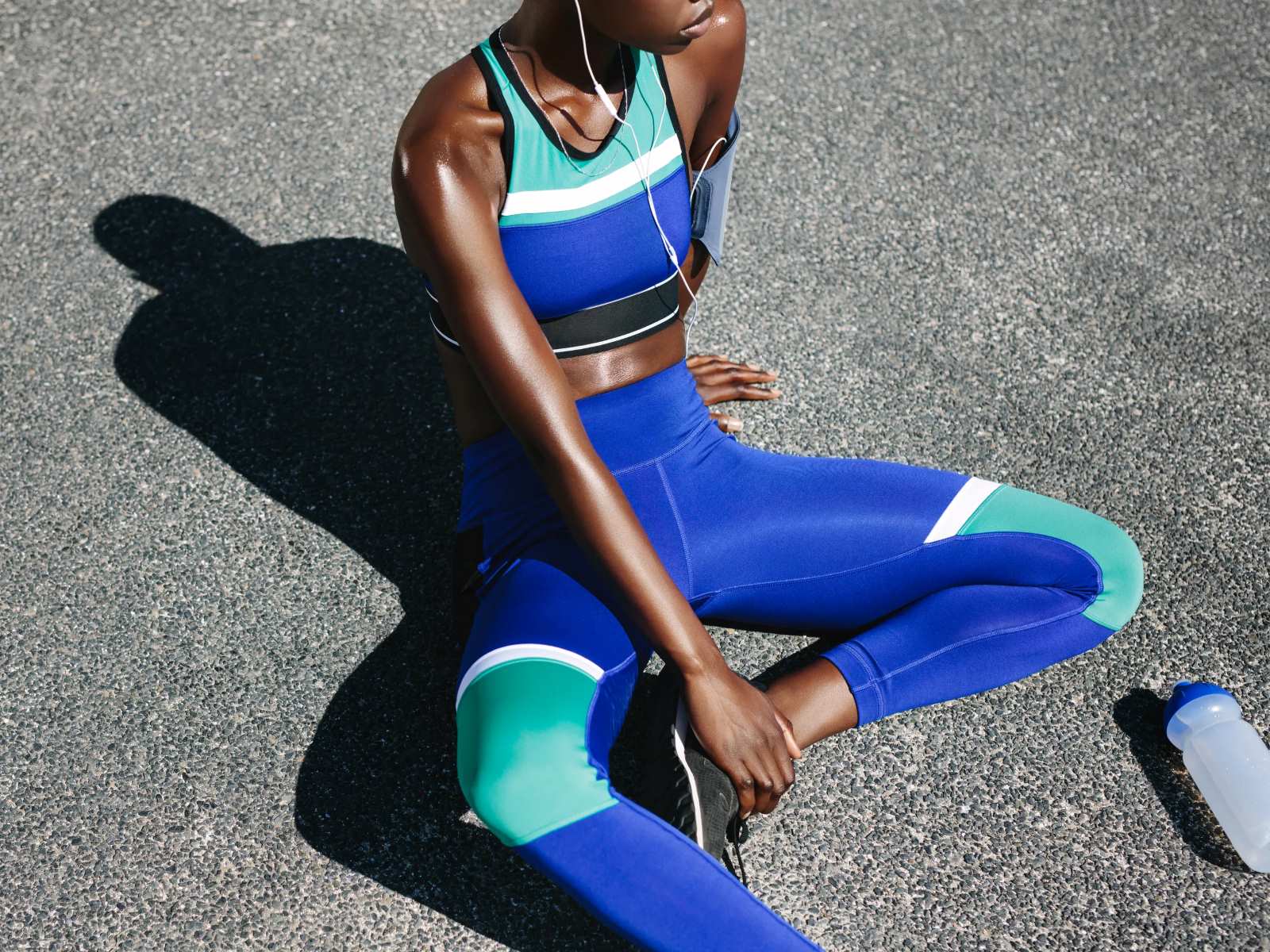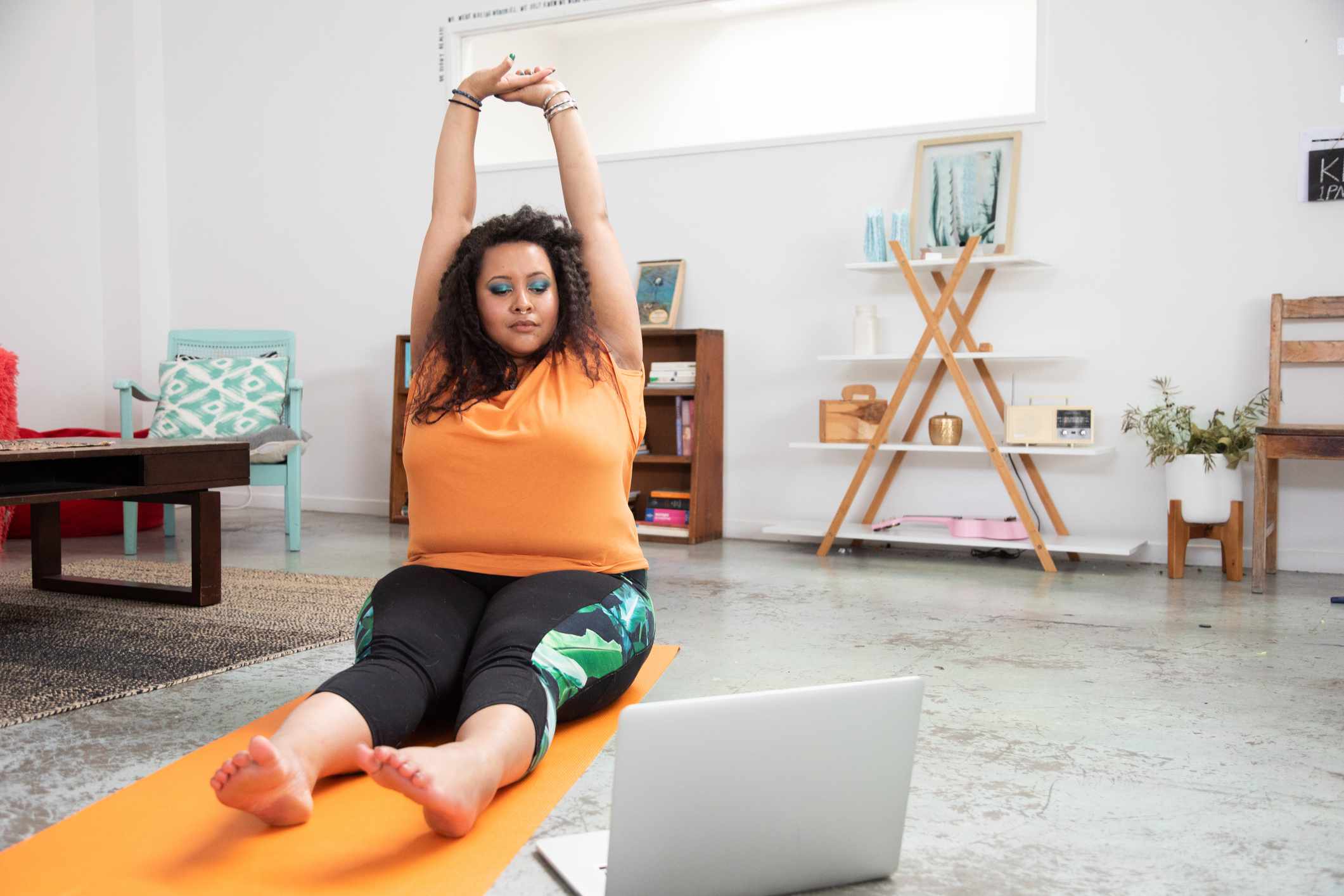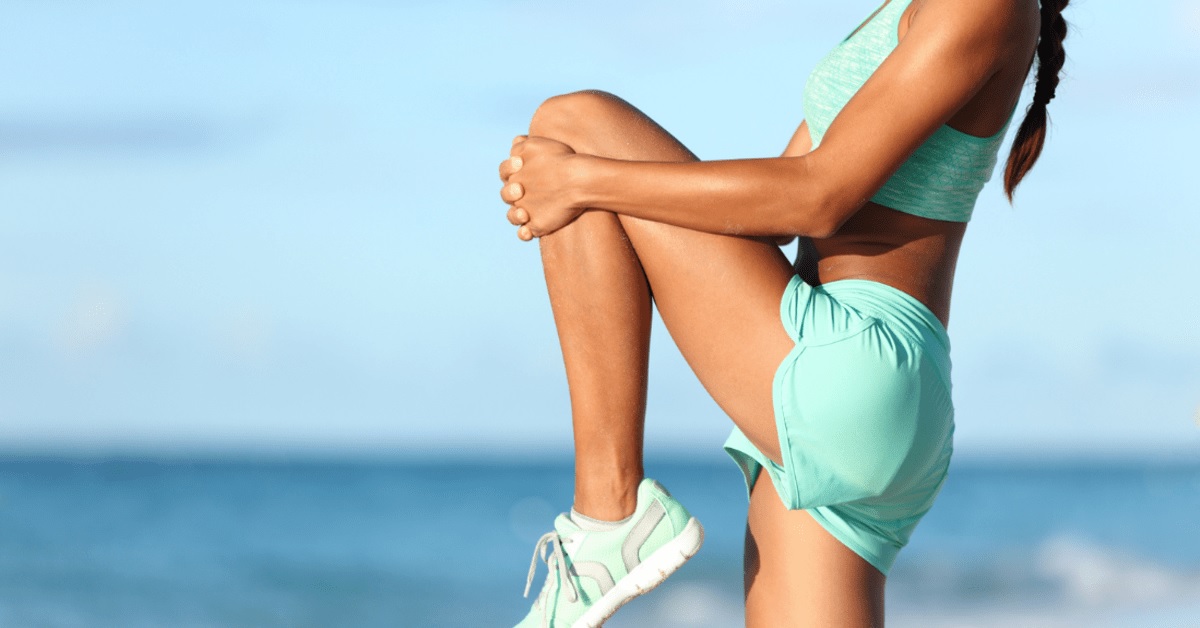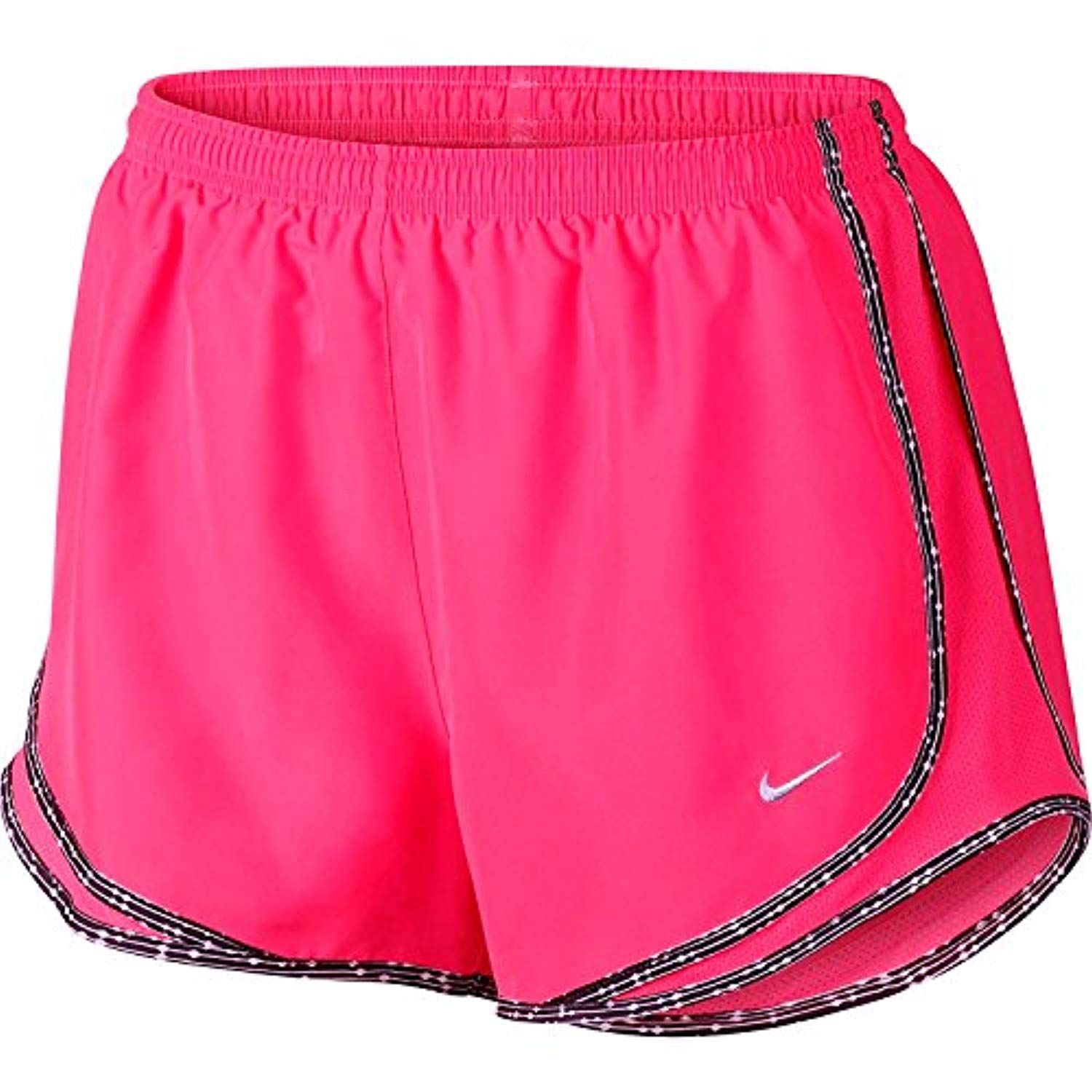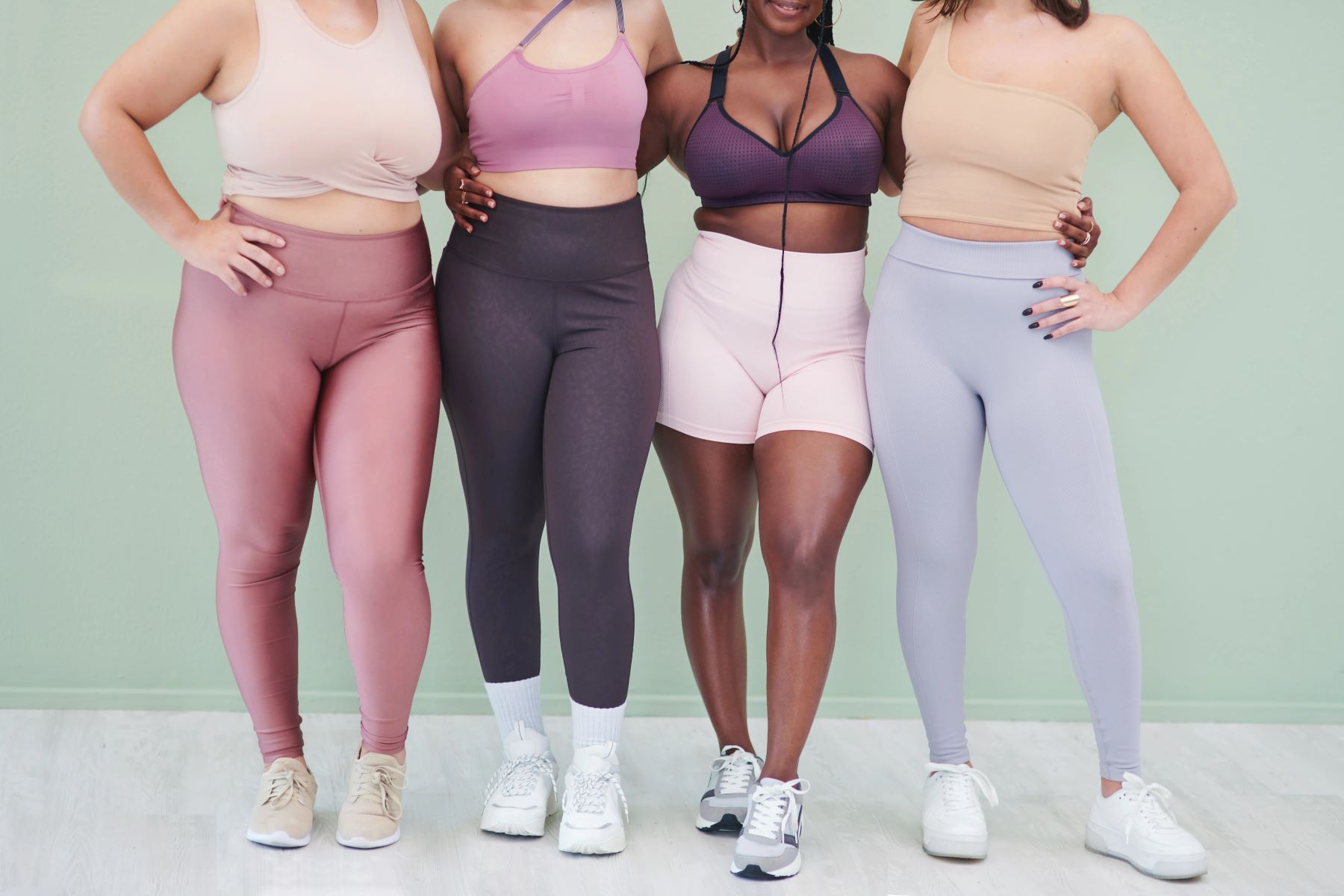Home>Misc>Featured>What Kind Of Activewear Is Right For Exercise
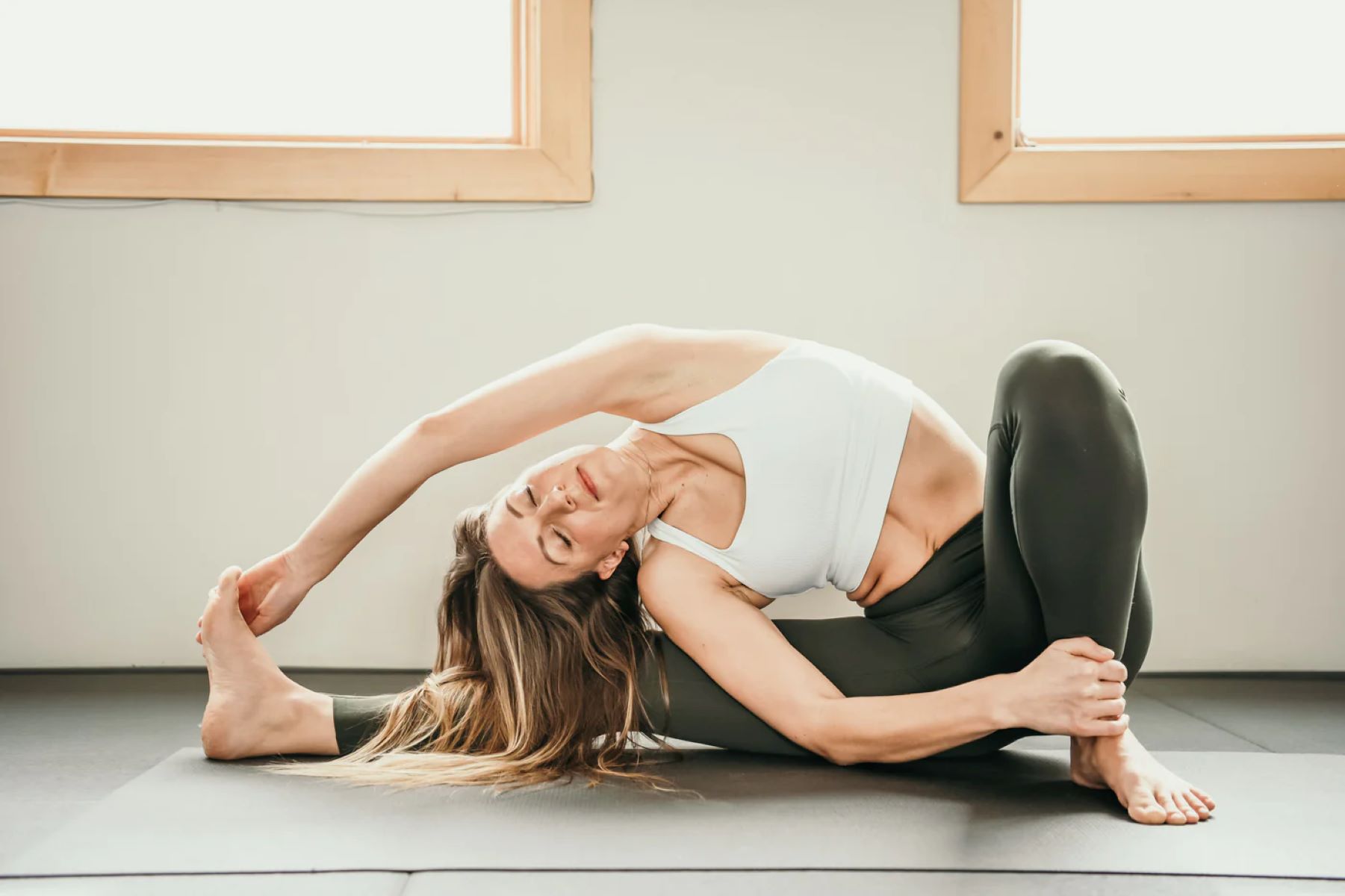

Featured
What Kind Of Activewear Is Right For Exercise
Modified: May 22, 2024
Discover the perfect activewear for your exercise routine. Find the featured styles that offer comfort, support, and style, enhancing your performance and motivation.
Introduction
When it comes to exercise, having the right activewear can make a significant difference. Whether you’re hitting the gym, going for a run, or practicing yoga, wearing the appropriate clothing can enhance your performance and make your workout more comfortable. But with so many options available, how do you know which activewear is right for your chosen exercise?
In this article, we will explore different types of activewear and help you understand how to choose the right one for various types of exercises. Each exercise has unique requirements, and wearing the right activewear can not only optimize your performance but also protect you from injuries. From cardio exercises to strength training, yoga and pilates, high-impact sports, and outdoor activities, we will guide you on selecting the most suitable activewear.
Before we dive into the specific types of activewear, it’s important to note that the ideal clothing for exercise should be comfortable, breathable, and allow for a full range of movement. It should also provide adequate support and moisture-wicking properties to keep you dry and comfortable as you work up a sweat.
Now, let’s explore the world of activewear and find out what kind of clothing is best suited for different types of exercises. Whether you’re a fitness enthusiast or a beginner looking to upgrade your workout wardrobe, this guide will help you make informed decisions when it comes to choosing the right activewear.
Understanding Different Types of Activewear
Before delving into the specifics of choosing the right activewear for different exercises, it’s important to have a basic understanding of the different types of activewear available. Activewear encompasses a wide range of clothing specifically designed for physical activities, providing comfort, flexibility, and support. Here are some common types of activewear:
- Leggings: Leggings are a staple in any workout wardrobe. Made from stretchy and moisture-wicking fabrics, leggings offer a snug fit and allow for freedom of movement during various exercises. Look for leggings with a high waistband for added support and a compression fit to help improve blood circulation.
- Shorts: Shorts are a popular choice for exercises in warm weather or high-intensity workouts. They provide freedom of movement and help keep you cool. Look for lightweight and breathable shorts with moisture-wicking properties to keep you comfortable throughout your workout.
- Tank Tops and T-shirts: Tank tops and t-shirts are essential for upper body exercises. Opt for moisture-wicking and lightweight fabrics that allow for breathability and ease of movement. Look for features like mesh panels or cutouts for added ventilation.
- Sports Bras: Sports bras are crucial for women to provide support and minimize discomfort during physical activities. Look for sports bras that offer the right level of support for your exercise intensity. High-impact activities require sports bras with more support and compression, while low-impact activities can be supported with lighter sports bras.
- Compression Gear: Compression gear, such as compression tops and bottoms, are designed to improve blood flow, reduce muscle fatigue, and aid in recovery. Compression clothing applies gentle pressure to your muscles to enhance performance and reduce the risk of injuries.
- Outerwear: If you exercise outdoors or in colder temperatures, consider investing in activewear outerwear such as jackets, hoodies, and sweatshirts. Look for water-resistant or waterproof materials to protect you from the elements.
- Shoes: Footwear is a crucial component of activewear. Different types of exercises require different types of shoes. For running or cardio activities, choose lightweight and cushioned running shoes. For strength training, opt for shoes with a stable base and good grip. And for high-impact sports, look for shoes that provide excellent support and shock absorption.
This is just a brief overview of the different types of activewear available. Each type of clothing serves a specific purpose and offers unique features to enhance your workout experience. Understanding the different options will help you make informed decisions when selecting activewear for specific exercises.
Choosing the Right Activewear for Cardio Exercises
Cardio exercises, such as running, cycling, or high-intensity interval training (HIIT), require activewear that offers breathability, flexibility, and sweat-wicking properties. Here are some tips to help you choose the right activewear for your cardio workouts:
- Moisture-Wicking Fabrics: Look for activewear made from moisture-wicking materials like polyester or nylon blends. These fabrics help to pull sweat away from your body, keeping you dry and comfortable throughout your cardio workout.
- Lightweight and Breathable: Opt for lightweight activewear that allows for airflow to keep your body cool. Look for features like mesh panels or perforations that promote ventilation.
- Flexible and Stretchy: Since cardio exercises involve a lot of movement, choose activewear with a good amount of stretch and flexibility. This will allow you to move freely without any restrictions.
- Compression Gear: Consider wearing compression leggings or tops during your cardio workouts. Compression gear can help improve blood circulation, reduce muscle vibration, and enhance performance.
- Proper Sports Bra: For women, a well-fitting and supportive sports bra is essential during cardio exercises. Look for sports bras that offer the right level of support for your bust size and the intensity of your workout.
- Reflective Details: If you exercise outdoors, choose activewear with reflective details. This will enhance your visibility and safety, especially when exercising in low light conditions.
- Appropriate Footwear: Invest in a pair of quality running shoes that provide cushioning, support, and a good grip. The right shoes will protect your feet and joints during cardio exercises.
Remember to choose activewear that fits you well. Clothing that is too tight or too loose can hinder your performance and cause discomfort. Try on different sizes and styles to find what works best for you. Additionally, consider the type of cardio exercise you’ll be doing. For example, if you’re cycling, padded cycling shorts can provide added comfort and protection.
By selecting the right activewear for your cardio workouts, you can optimize your performance, stay comfortable, and enjoy your exercise sessions to the fullest. With the proper clothing, you’ll be motivated to push harder and achieve your fitness goals.
Selecting the Appropriate Activewear for Strength Training
Strength training exercises, such as weightlifting, resistance training, and bodyweight exercises, require activewear that provides support, flexibility, and durability. Here are some tips to help you choose the right activewear for your strength training sessions:
- Supportive and Comfortable: Opt for activewear that offers support for your muscles and joints. Look for tops with built-in bras or wear a well-fitting sports bra for added support.
- Flexible and Non-Restrictive: Since strength training exercises involve a range of movements, choose activewear that allows for a full range of motion. Look for fabrics that offer stretch and flexibility, such as spandex blends.
- Consider Sweat-Wicking Properties: While strength training may not make you sweat as much as cardio exercises, it’s still important to choose activewear with moisture-wicking properties. This will help keep you dry and comfortable, especially during intense lifting sessions.
- Focus on Legwear: For strength training, consider wearing shorts or leggings that provide coverage and support for your leg muscles. Look for compression leggings or shorts that can help improve blood circulation and reduce muscle fatigue.
- Avoid Loose Clothing: Loose or baggy clothing can get caught in equipment and hinder your movement during strength training exercises. Opt for well-fitted activewear that allows you to move freely without any distractions.
- Consider Proper Shoe Support: Choose shoes that offer a stable base and good support for your feet and ankles during strength training. Look for shoes with a flat sole and a firm grip to provide stability during weightlifting exercises.
- Layer Up if Needed: Depending on the temperature of your workout space, you may need to layer your activewear. Choose lightweight and breathable layers that can be easily removed as your body temperature increases.
In addition to these tips, it’s also important to listen to your body and wear activewear that makes you feel confident and comfortable. Remember, strength training exercises can be intense, so having the right activewear can help you perform at your best and minimize the risk of injury.
Lastly, don’t forget to choose activewear that suits your personal style. Feeling good about how you look in your workout clothes can boost your confidence and motivation during strength training sessions. So, take some time to find activewear that not only fits well but also reflects your unique personality and style.
Picking the Ideal Activewear for Yoga and Pilates
Yoga and Pilates are exercises that require activewear that provides comfort, flexibility, and ease of movement. The right activewear can enhance your practice and allow you to fully immerse yourself in the mind-body workout experience. Here are some tips for picking the ideal activewear for yoga and Pilates:
- Choose Comfort: Opt for activewear that feels comfortable against your skin. Look for soft, non-restrictive fabrics that allow you to move freely and comfortably, without any irritation or discomfort.
- Favor Stretchy Fabrics: Yoga and Pilates involve a lot of stretching and bending. Choose activewear made from stretchy materials like cotton-spandex blends or nylon-spandex mixes. These fabrics offer flexibility and elasticity, allowing you to move with ease.
- Consider Form-Fitting Options: In yoga and Pilates, it’s important to see the alignment of your body. Opt for form-fitting tops and leggings that allow your instructor to observe your posture and alignment. However, make sure the activewear is not too tight to restrict your movement or cause discomfort.
- Go for Breathability: Look for activewear that is breathable and allows for airflow. This is especially important during hot yoga or intense Pilates sessions where you may sweat. Fabrics with moisture-wicking properties can help keep you dry and comfortable throughout your practice.
- High-Waisted Bottoms: Consider high-waisted leggings or shorts for yoga and Pilates. High-waisted bottoms provide extra coverage and support for your core, ensuring that your movement is not limited by constantly adjusting or pulling up your pants.
- Avoid Excessively Loose Clothing: Loose or baggy clothing may get in the way during yoga or Pilates poses, obscuring your alignment and making it difficult for your instructor to provide proper guidance. Opt for activewear that fits well and allows your body to be seen clearly.
- Choose the Right Sports Bra: For women, a comfortable and supportive sports bra is essential. Look for a bra that offers the right level of support for the intensity of your movements. Consider sports bras with moisture-wicking properties to keep you cool and dry.
Remember, in yoga and Pilates, comfort and freedom of movement are key. Choose activewear that allows you to focus on your breath and movement without distractions. By selecting the right activewear, you can fully immerse yourself in the practice and get the most out of your yoga and Pilates experience.
Finding the Right Activewear for High-Impact Sports
High-impact sports, such as running, basketball, or aerobics, require activewear that offers maximum support, flexibility, and durability. Engaging in these intense activities puts additional stress on your body, so it’s crucial to wear the right activewear to protect yourself from injury. Here are some tips to help you find the right activewear for high-impact sports:
- Invest in Supportive Sports Bras: High-impact sports involve a lot of movement and bouncing, which can strain your breasts. Look for sports bras specifically designed for high-impact activities. These bras offer maximum support, minimizing breast movement and reducing the risk of discomfort or long-term damage.
- Opt for Compression Gear: Compression clothing can enhance performance, reduce muscle fatigue, and provide support during high-impact sports. Consider wearing compression leggings, shorts, or tops to improve blood circulation, minimize muscle vibration, and help prevent injuries.
- Choose Moisture-Wicking Fabrics: High-impact sports typically result in sweating. Look for activewear made from moisture-wicking fabrics that help keep you dry and comfortable throughout your activity. These fabrics pull sweat away from your body, preventing chafing and irritation.
- Focus on Breathability: During high-intensity activities, your body temperature rises, and ventilated activewear can help regulate your body heat. Look for activewear with mesh panels, cutouts, or breathable fabric to promote airflow and keep you cool.
- Consider Impact-Resistant Shoes: High-impact sports involve a lot of jumping, running, and quick movements, which can put stress on your feet and joints. Choose footwear with good cushioning and shock absorption to protect your feet from impact and reduce the risk of injuries.
- Avoid Loose Clothing: Loose-fitting clothing can get in the way and limit your movement during high-impact sports. Opt for form-fitting or semi-fitted activewear that allows for a full range of motion without any distractions.
- Check for Reinforced Seams and Durability: High-impact sports can be tough on clothing, so choose activewear with reinforced seams and durable materials. This will ensure that your clothing can withstand the intensity of your workouts and last longer.
Remember that high-impact sports require optimal support and protection, so don’t compromise on the quality of your activewear. Wearing the right clothing will not only enhance your performance but also reduce the risk of injuries, allowing you to enjoy your high-impact activities to the fullest.
Deciding on the Suitable Activewear for Outdoor Activities
Outdoor activities, such as hiking, biking, or trail running, require activewear that is durable, weather-resistant, and provides protection from the elements. When engaging in outdoor activities, it’s important to consider factors like temperature, weather conditions, and the terrain you’ll be covering. Here are some tips to help you decide on the suitable activewear for your outdoor adventures:
- Layer Up: Dressing in layers is essential for outdoor activities as it allows you to adjust your clothing according to changing weather conditions. Start with a moisture-wicking base layer to keep you dry, add a insulating mid-layer for warmth, and top it off with a weather-resistant and breathable outer layer to protect you from wind, rain, or snow.
- Choose Weather-Appropriate Fabrics: Look for activewear made from fabrics that are suitable for the outdoor conditions you’ll be facing. For hot and humid weather, opt for lightweight and breathable materials that allow for airflow. In colder conditions, choose insulating and moisture-wicking fabrics that keep you warm and dry.
- Consider UV Protection: When engaging in outdoor activities, especially during sunny days, it’s important to protect your skin from harmful UV rays. Look for activewear with built-in UPF protection to shield your skin from the sun’s rays. Don’t forget to wear sunscreen and consider accessories like hats and sunglasses for added protection.
- Ensure Footwear Versatility: Outdoor activities often involve uneven terrain and varying conditions. Choose footwear that is appropriate for the specific activity and offers stability, traction, and support. Consider waterproof or water-resistant options for activities that involve water or wet conditions.
- Stay Hydrated: Choose activewear with pockets or carrying options that allow you to easily carry water bottles or hydration packs. Staying hydrated is crucial during outdoor activities, so make sure your activewear provides convenient access to water.
- Pay Attention to Visibility: If you’ll be engaging in outdoor activities during low-light conditions or near roadways, consider activewear with reflective or bright-colored details. This will enhance your visibility, ensuring that you’re easily noticed by others for safety.
- Consider Insect Protection: If your outdoor activities involve areas with insects, opt for activewear treated with insect repellent or wear garments that provide coverage to reduce the risk of bites.
Remember that outdoor activities can be unpredictable, so choose activewear that provides protection, comfort, and adaptability. By selecting suitable activewear, you’ll be prepared to face the elements and fully enjoy your time in the great outdoors.
Key Considerations When Buying Activewear
When it comes to buying activewear, there are several important factors to consider to ensure you make the right choices. Here are some key considerations to keep in mind when purchasing activewear:
- Fit: Activewear should fit well and allow for a full range of motion. Avoid clothing that is too tight or too loose, as it can restrict your movement or cause discomfort. Try on different sizes and styles to find the perfect fit for your body.
- Comfort: Comfort is crucial in activewear. Look for soft, breathable, and lightweight fabrics that feel good against your skin. Consider features like flatlock seams and tagless designs that minimize irritation during intense workouts.
- Quality: Choose activewear made from high-quality materials that are durable and long-lasting. The stitching should be strong and the fabric should be able to withstand repeated use and washing without losing its shape or color.
- Functionality: Consider the specific features you need for your chosen activity. For example, if you’re doing yoga, look for activewear with moisture-wicking properties and stretchy fabrics. If you’re running, opt for clothing with reflective details for visibility during low-light conditions.
- Support: Depending on the type of exercise, you may need activewear that provides additional support. Look for features like built-in bras, compression panels, or reinforced support zones that cater to the specific needs of your activity.
- Weather Considerations: Take into account the weather conditions in which you’ll be exercising. For hot weather, choose activewear with breathable and moisture-wicking properties. In colder temperatures, opt for layering options and insulating materials to keep you warm.
- Brand Reputation: Research and choose brands that have a good reputation for producing high-quality activewear. Read reviews and seek recommendations from others who have experience with the brand to ensure you’re making a wise investment.
- Price: Consider your budget when purchasing activewear. While quality and functionality are important, there are options available at various price points. Look for sales, discounts, and compare prices to find the best value for your money.
It’s important to remember that everyone’s preferences and needs are different. Take the time to assess your personal requirements and prioritize the factors that are most important to you. By considering these key factors, you can make informed decisions and find activewear that not only looks good but also supports your performance and enhances your overall workout experience.
Conclusion
Choosing the right activewear is essential for a comfortable and successful workout. Whether you’re engaging in cardio exercises, strength training, yoga and Pilates, high-impact sports, or outdoor activities, having the suitable activewear can greatly enhance your performance and overall experience.
In this article, we explored the different types of activewear available and discussed how to select the appropriate clothing for specific exercises. We discussed the importance of comfort, flexibility, support, moisture-wicking properties, durability, and weather considerations when buying activewear. From finding the right sports bra to selecting the ideal shoes and considering factors like fabric, fit, and functionality, we covered key considerations to keep in mind during the purchase process.
Remember, activewear should not only meet your functional needs but also reflect your personal style and make you feel confident during your workouts. By finding the right activewear, you can optimize your performance, prevent injuries, and enjoy your exercise routines to the fullest.
Take the time to explore different brands, try on different styles, and invest in activewear that suits your body type and workout preferences. Quality activewear may come at a higher price, but it is a worthwhile investment in your fitness journey. Prioritize comfort, functionality, and durability, and be sure to regularly evaluate and update your activewear as needed.
Now that you have a better understanding of how to choose the right activewear for various exercises, go ahead and start building your workout wardrobe. Enjoy the benefits of wearing activewear that not only supports your physical performance but also boosts your motivation and confidence in achieving your fitness goals.

